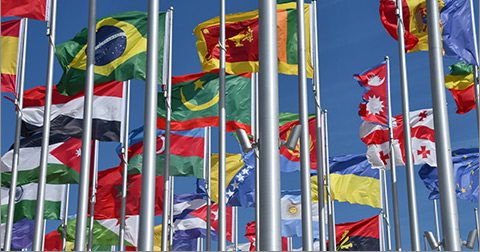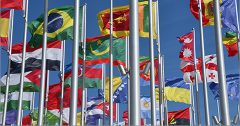Duties and New Markets: The Key Role of International Trade Fairs
The highly likely contraction of Italian exports to the US market—driven by the tariff policy introduced by the Trump administration—has given a significant boost to all internationalization projects targeting alternative markets. The Italian Ministry of Foreign Affairs has been particularly active in this area, launching numerous bilateral agreements with countries showing strong growth in imports of Made in Italy products.
The Ministry’s strategy includes institutional and trade missions, financial support for exports, partnerships with international distribution chains and digital platforms, and a strengthening of international trade fair activities. The ultimate goal is to reach €700 billion in non-EU exports, up from €623 billion in 2024.
Countries that are increasingly appreciating Made in Italy products include Saudi Arabia, Vietnam, Turkey, the United Arab Emirates, Serbia, the Philippines, and Brazil—as well as more industrialized nations such as the United Kingdom, Switzerland, Japan, and Canada.
In this geopolitical context, initiatives like MIBA and SBE play a crucial role. Thanks to the strong presence of international buyers, they offer Italian companies the opportunity to enter new markets at a lower cost.
In fact, in 2023, SBE was officially recognized as an event of international relevance. Fiera Milano, in partnership with ICE, is already working to select foreign buyers who will be hosted in Milan during the event. It’s worth noting that in 2023, MIBA welcomed industry professionals from 111 countries and hosted over 450 international buyers with high spending power.
Yet another reason not to miss the must-attend event of the year dedicated to home and building automation and the twin transition of the building sector.




